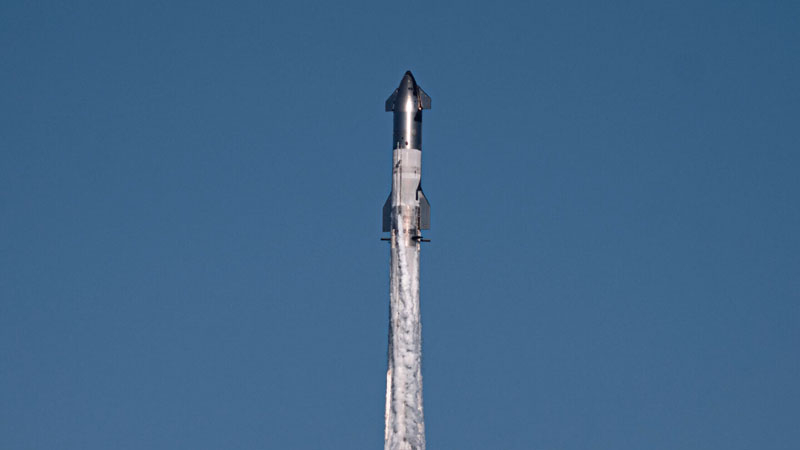The US Federal Aviation Administration (FAA) has sent SpaceX a draft resolution authorizing a 5-fold increase in the frequency of Starship launches from the Boca Chica site. A preliminary environmental assessment found no violations in the company’s operations in Texas and noted its desire to reduce the impact of launches on the environment and local society. SpaceX will receive the final document at the end of January after a series of public discussions.

Image source: SpaceX
The company filed an application to increase the frequency of launches in Texas with the FAA in July of this year after the fourth test launch of Starship. The previous permit was issued for five launches per year. Now that SpaceX has demonstrated the ability to launch Starship twice, just over a month apart (the fifth and sixth test launches took place in October and November), five annual launches will not be enough to develop this reusable rocket platform. The company asked the FAA for permission to increase the frequency of Starship launches to 25 per year.
From the draft FAA resolution it follows that SpaceX will receive what it wants in full. This will not only be permission for 25 annual launches, but also permission to increase the power and dimensions of the first stage and the ship itself. So, the first stage will increase the thrust by a third, and the ship – by half. Thus, the updated SpaceX rocket will be three times more powerful than the Saturn V rocket, which served NASA’s first lunar program. The FAA has tentatively concluded that rare crabs, shrimp, spiders, snakes and lizards in the Texas spaceport area will not be affected by increased activity at the spaceport. In general, the environmental assessment of 2022 remains relevant and can be translated into a new conclusion.
Meanwhile, the problem is not only in the rockets, although now they will return in parts, but in full, to the cosmodrome and sometimes fall into the sea next to it (from 2025, the company plans to capture not only the first stages, but also ships, with the launch farm mechanisms for which a permit will also be issued). The transport cargo flow to the cosmodrome will increase from the current 6,000 trucks per year to 23,771 trucks annually. Water, methane, oxygen and everything else that is needed to produce rockets and maintain the operation of the site are delivered to the cosmodrome. This is a serious burden on the road infrastructure and local ecology, as well as on residents who will continue to see endless caravans of trucks.
Also, an increase in activity at the cosmodrome and an increase in the frequency of launches will lead to an increase in the time the routes are blocked during the launch and landing of rockets. The company has already reduced road closure times by 85% and promises to no longer close traffic for more than 20 hours during each launch. The final approved document will be drafted after January 17, 2025, but this will be preceded by public debate organized by the FAA. Also, this document will not cancel such a provision as the mandatory receipt of a separate license for each launch. Overall, however, the company appears to have gotten what it wanted from the FAA. It remains to settle the formalities.